I’m continuing the posting of my comic/sketch journal I kept while I was at the ocean last month. It’s only in pen and ink at this point, and I intend to colour it later, but I think it tells the story pretty well this way. I’ve also got some photos so you can get an idea of what it really looked like!
Yesterday I posted a two-page-spread diagram of the camp, but I’m going to repost it tonight, as separate pages, as I realize it was kind of hard to actually read that way:
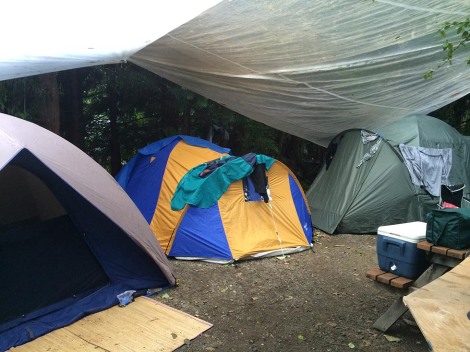
We camp every year at Surf Junction, near Ucluelet, a fishing (and rapidly becoming tourist) town at the southern end of the park. The camp is inland, rather than on the beach, but we like that because it stays warmer and, uh, drier (which is a relative term, let me tell you!) than the beach campgrounds. There are fogbanks that roll in almost every night, and it often rains, or sometimes the fog just drips. We have learned through experience that in order to be happy campers, we need to cover the whole campsite — then if it rains, we stay cozy and dry next to our campfire!
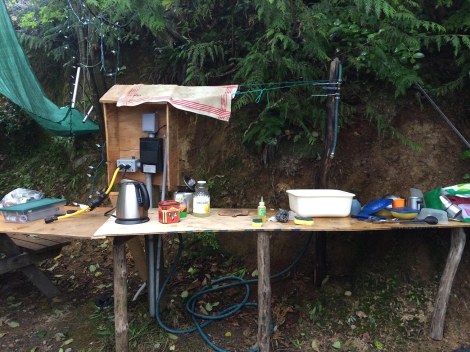
We always rent the same spot every year; it’s one of the RV-compatible sites with water and electricity. Mike builds a “kitchen counter” from scrap wood each year and takes it down at the end. We are getting increasingly deluxe with our amenities — this year there was a toaster oven, an electric kettle, and an electric frying pan! But we do still cook most things over the fire.
I love my tent; it’s a four-person tent with a vestibule in back, so very roomy for just me. I had some new goodies this year: a light synthetic sleeping bag and the fattest, cushiest thermarest that they make! I was so happy and slept very well… until…
Did I say it rains a lot? I’ll repeat it. It rains a lot.
It was 6 PM before we were able to get out of camp on the first day.
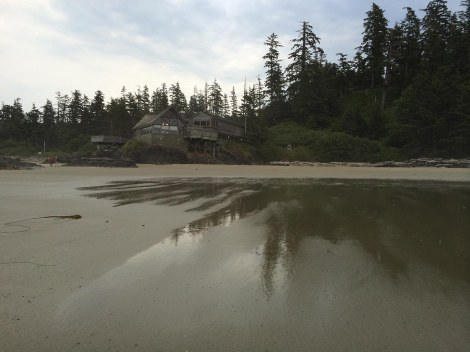
The old hotel at Wickanninish Beach still stands on its rocks above the sand, and houses the interpretive centre, as well as a restaurant and gift shop run by the local First Nations. It was low tide, so there was a huge expanse of sand. I love walking barefoot along the edge of the incoming waves; because it is so shallow, so far out, they break a long way out, and by the time they get to where I’m wading, the cold water is warmed by the sand.
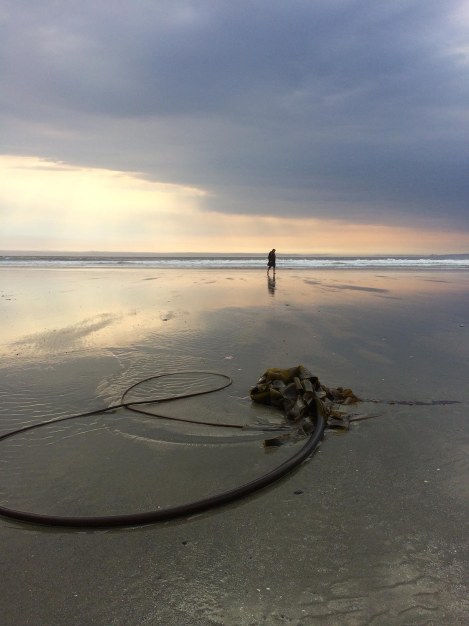
I still didn’t have a “real” camera — only my iPhone. I wasn’t sure what kind of pictures I was going to get (I was very frustrated with not having a proper optical zoom) — but to my surprise, it was OK. I figured out what it would do and tried to play to its strengths.
I like to beachcomb when I go to the beach. I get restless just sitting in the sun (or the shade, as I bring not one but two beach umbrellas to protect my delicate redhead skin). I can walk for miles in the firm sand at the edge of the water, which I can’t do anymore on city sidewalks. I also like to take photos of all the curious and beautiful things I find in the sand. I have whole albums full of seaweed, seashell arrangements, colourful pebbles, crab moults, and sand patterns. In the winter when I feel itchy for the beach, I look at my photos and feel the echoes of those walks.

The fog bank threatened, but held off — we were able to watch the sunset from under a charmed circle of blue sky.
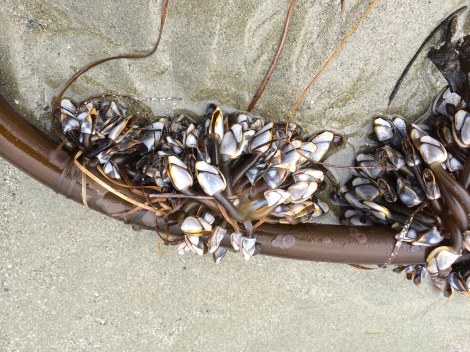
These are pelagic goose barnacles, clinging to the stipe (the stem) of a large bull kelp. They were still alive, having just washed up, and were sending out their little feet to try to catch plankton, but in vain. This is only a small section of them; they were thick and heavy near the leafy part of the kelp (the blades) and the float. I took a lot of pictures from many angles and even some videos; I was fascinated by them, and felt very sad because I knew they were doomed and there was nothing I could do about it. It was like watching a whole city die. And I had never seen anything quite like this before, in all my years of haunting beaches.

This is a velella velella, also called By-the-Wind-Sailor. But I rather like the species name, as it rolls of the tongue nicely. The rangers told us that they usually wash up in the spring, when the winds are blowing a certain way, but there was a shift in the weather patterns and thousands and thousands washed up just before and during the time we were there. When fresh, they are a beautiful transparent blue with a greenish rim to the transparent sail; when they dry, they turn entirely transparent and leathery before disintegrating. They are actually a colony of many animals, and have one of those odd life cycles that some sea creatures do where there is an interim stage of a breeding form, which never becomes the colonial form. If you are fascinated by this, as I was, check out the Wikipedia article here.
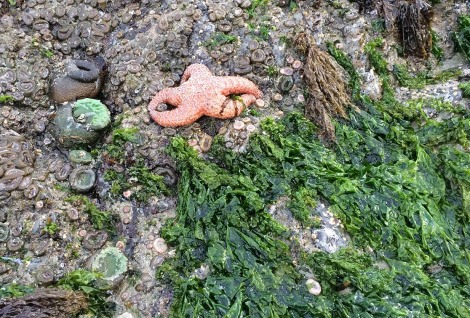
The starfish were rare this year. They are suffering from a wasting disease, that is normally cyclical, about every decade, but this year it is going on much longer than usual, and decimating the populations of starfish, which will have repercussions all along the food chain. No one knows what causes it, though of course they are studying it like mad right now. The sea anemones, however, seemed to be doing very well — maybe because there aren’t as many starfish?
It seems I found a lot of dead things on the beach! But that is the cycle of life in nature, and the sea is prolific. We can often only see the lives that are ending, washed up on the shore, and I take comfort in knowing that under the waves and sand the patterns go on, shifting and adapting. Still, we are stretching the patterns, possibly out of recognition. I hope we can learn to be gentler on the world ocean, as she is the source of all life.

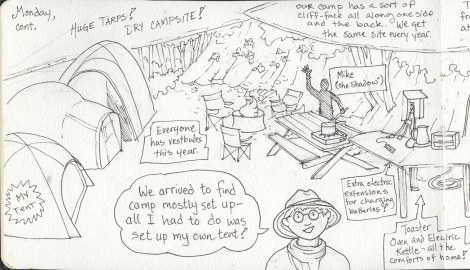
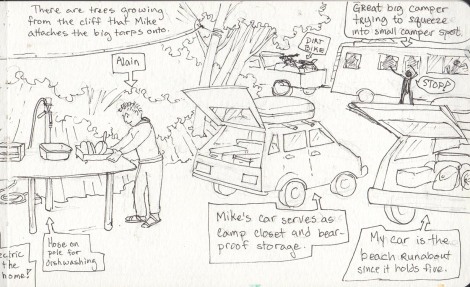
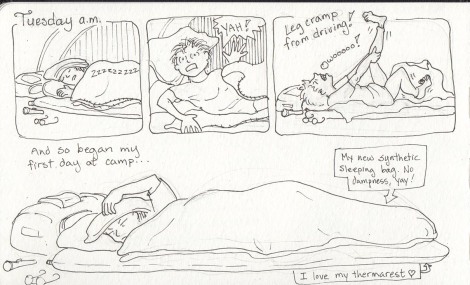
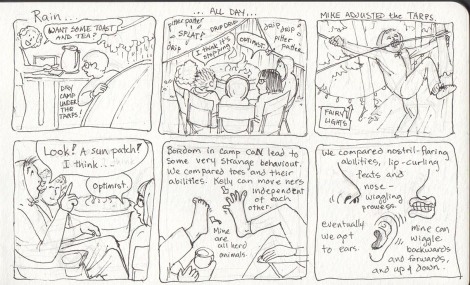
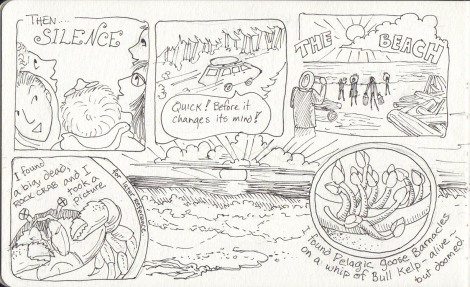
Welcome back! 😃 Glad you had fun camping. It looks like a great time.
LikeLike
Hi Ilex! Thanks! Yes, it was a fine time. I am rested and recharged and ready for the fall and getting back to work!
LikeLike